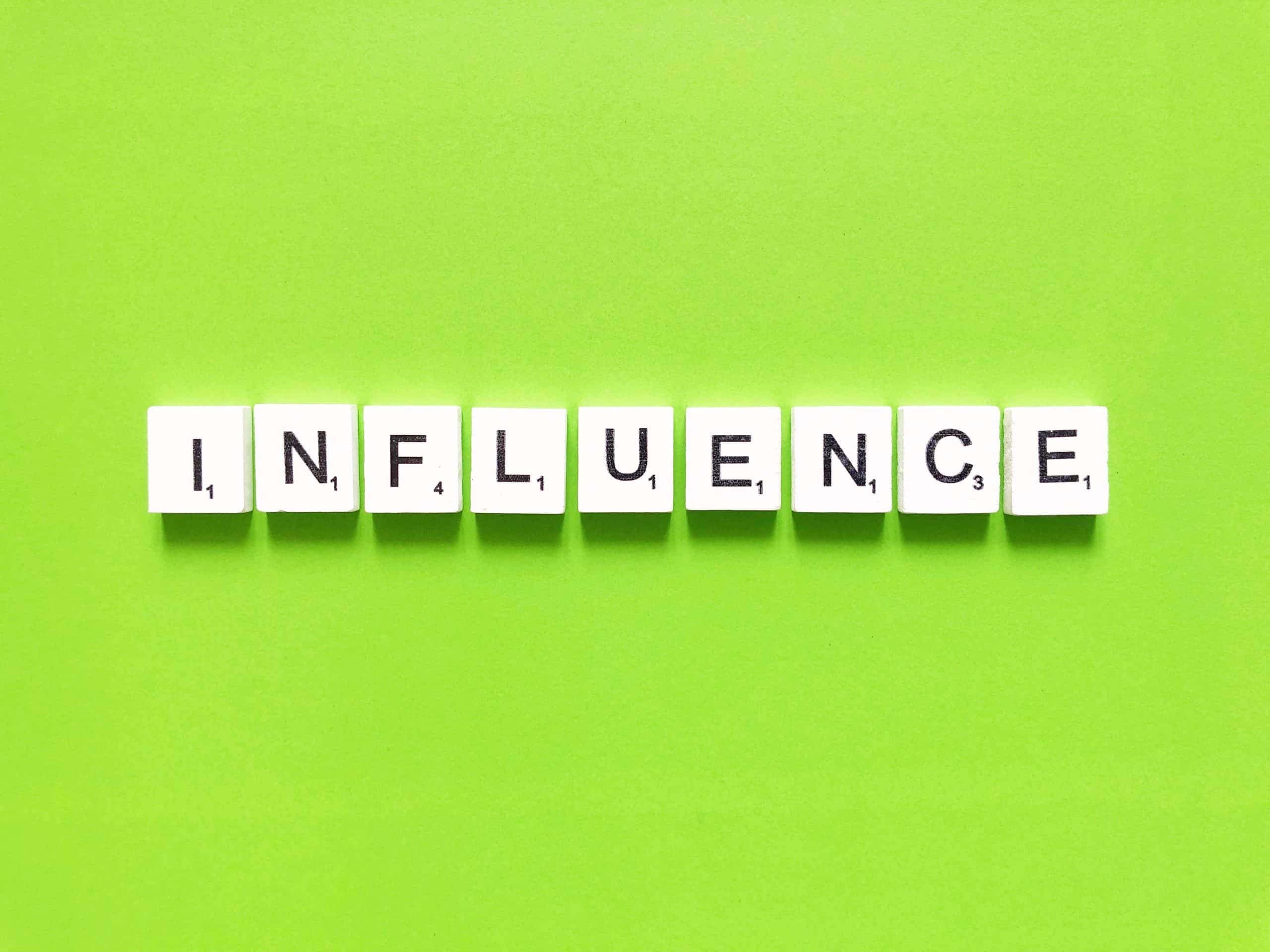What Role Does Consumer Psychology Play in Packaging Design for UK Health Products?

In the bustling marketplace of health products, standing out on the shelves is crucial. Various factors influence the buying decisions of consumers, and packaging is one of them. But can the simple act of packaging truly nudge the buyer? Let's delve into the psychology of packaging design, specifically for health products in the UK.
The Power of Packaging in Consumer Behavior
Let's start by understanding the influence that packaging has on consumer behavior. Packaging is the first tangible interaction a consumer has with a product. It is the physical manifestation of the brand, and its impact cannot be understated.
Lire également : Seamless steel tube joining: elevating industry standards
Research has shown that packaging design influences the consumer's perceptions of the product. In a study published on PubMed, it was reported that packaging plays a pivotal role in creating a positive first impression, inducing product recognition, and influencing purchase decisions.
It is not just about making the product look attractive. A well-designed package communicates the brand's values, the product's function, and its benefits to the consumer. For health products, the packaging can also convey crucial information about the product's health benefits and usage instructions, thus impacting consumers' perceptions of its health value.
Avez-vous vu cela : How to Leverage Big Data Analytics for Competitive Advantage in UK Retail Banking?
The Influence of Color in Packaging Design
Color plays a significant part in packaging design. It captures attention, evokes emotions, and communicates meaning. Studies have shown that color can influence consumers' purchasing decisions by up to 90%.
In a scholar article indexed by Crossref and DOI, it was reported that consumers associate specific colors with certain product characteristics. For instance, green is often associated with natural or organic products, while blue signifies trust and reliability.
For health products, color can be instrumental in conveying the product's health benefits or features. For instance, a packaging design using green could indicate that the product is natural or organic. Similarly, a health product with blue packaging might be perceived as trustworthy or reliable.
The Role of Branding in Packaging Design
Branding is a critical aspect of packaging design. Consumers rely heavily on brand recognition when making purchasing decisions. Strong branding conveyed through packaging design not only strengthens the product's position in the market but also influences the consumer's buying behavior.
A study found on Google Scholar highlighted that consumers tend to trust well-known brands more, and their packaging design plays a significant role in creating that familiarity.
For health products, branding through packaging design can communicate the brand's commitment to health and wellness. The design can highlight key brand values such as reliability, trustworthiness, and quality, which are crucial for health-conscious consumers.
The Importance of Functionality in Packaging Design
While aesthetics and branding are crucial, the functionality of the packaging is equally important. This aspect is particularly relevant for health products where the packaging must also serve to protect the product, provide crucial information, and be easy to use.
According to a study listed on PubMed, consumers value the practicality and functionality of packaging, particularly for health products. The research suggests that consumers appreciate packaging that has easy-to-read labels, clear usage instructions, and is easy to open and close.
In this context, the design of the packaging has to achieve a delicate balance between aesthetic appeal and practical usability. It has to attract the consumer's attention but also deliver in terms of functionality.
The Impact of Consumer Psychology on Packaging Design
Finally, let's talk about the role of consumer psychology in packaging design. This facet of design is about understanding what drives consumers, what captures their attention, what influences their perceptions, and what motivates them to purchase a product.
Consumer psychology can provide valuable insights into the elements of packaging design that resonate with consumers. For instance, a study published on PubMed found that consumers are more likely to buy health products whose packaging includes health-related cues and claims.
This underscores the importance of integrating consumer psychology into packaging design for health products. By understanding consumer perceptions and buying behavior, brands can create packaging designs that appeal to the target audience, communicate the right message, and ultimately drive sales.
The Role of Eco-Friendly Packaging in Consumer Buying Behaviour
The surge towards eco-friendliness has changed the landscape of product packaging, particularly for health products. Consumer buying behaviour is increasingly influenced by the sustainability of packaging as awareness around environmental issues rises. This is where the role of eco-friendly packaging comes into play.
A study indexed by both Google Scholar and PubMed indicates that consumers are now more likely to buy products with eco-friendly packaging. They perceive brands using such packaging as being more responsible and caring towards the environment. This positive perception can significantly influence their buying behaviour.
The use of eco-friendly materials in packaging sends a strong message about the brand's commitment to sustainability. Moreover, it resonates with consumers who are environmentally conscious and are looking to make sustainable choices in their purchasing behaviour.
Health products with eco-friendly packaging are seen as more appealing to consumers as they align with their values of health and wellness. Furthermore, such packaging often carries the implicit message of being safe and natural, which is a significant factor in the buying behaviour of health-conscious consumers.
However, it's not just about using eco-friendly materials. The design elements of the packaging also need to communicate this commitment to sustainability. For instance, simple design, minimal use of colours, and clear labeling can all contribute to the perception of the product being eco-friendly.
Bringing it All Together: Consumer Psychology and Packaging Design
Understanding consumers' perceptions and buying behaviour is crucial for effective packaging design. Packaging is not just a means of protecting and carrying a product; it's a powerful tool that communicates the brand identity, product benefits, and values.
The influence of elements like color, branding, functionality, and eco-friendliness on consumer buying behaviour underscores the importance of considering these factors in packaging design. In the context of health products, these elements can play a significant role in conveying the product's health benefits and the brand's commitment to health and wellness.
A study found on both Google Scholar and PubMed highlighted the power of health-related cues on packaging in influencing consumer buying behaviour. This further emphasises the need to integrate consumer psychology into packaging design.
However, creating a package that successfully integrates all these aspects is not without its challenges. It involves a delicate balance of aesthetics, functionality, branding, and eco-friendliness. But the rewards are worth it. Effective packaging design can capture consumers' attention, influence their perceptions, and motivate them to purchase.
In conclusion, consumer psychology plays a vital role in packaging design for health products. Understanding consumer behaviour and integrating these insights into packaging design can significantly impact product recognition and purchase decisions. As the marketplace for health products continues to grow in the UK, the role of consumer psychology in packaging design is likely to become increasingly important.
